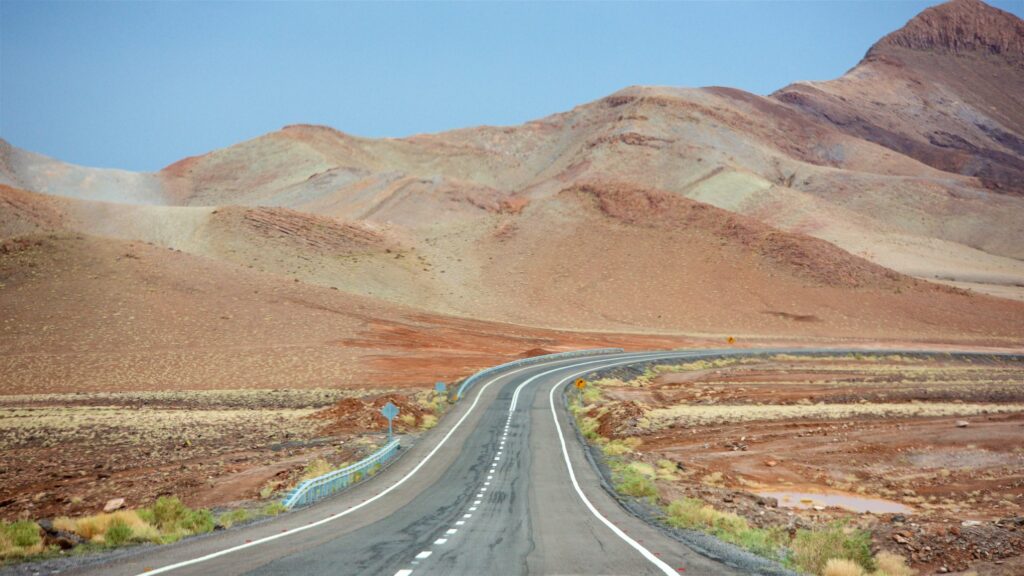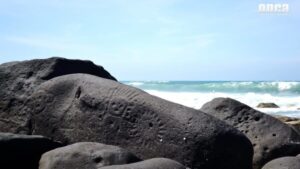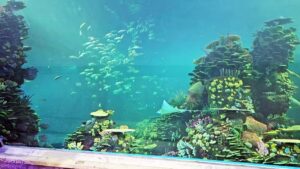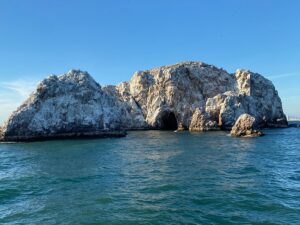Exploring the Salt Lakes of Antofagasta, Chile
Nestled in the heart of Chile’s Atacama Desert, the salt lakes of Antofagasta offer a unique and mesmerizing landscape that captivates travelers from around the world. These natural wonders, with their shimmering surfaces and stark surroundings, provide a serene escape and a glimpse into the geological and cultural history of the region. Whether you’re an avid nature lover, a photography enthusiast, or simply seeking a tranquil retreat, the salt lakes of Antofagasta promise an unforgettable experience.
What to See
The salt lakes, or “salares,” are a series of expansive salt flats that create a dazzling white landscape under the sun. The most famous of these is the Salar de Atacama, the largest salt flat in Chile and a must-see for visitors. Here, you can witness the surreal beauty of the salt crusts, which form intricate patterns across the ground. The area is also home to a variety of wildlife, including flamingos that gather in the shallow waters, creating a stunning contrast against the white salt and blue sky.
Another highlight is the nearby Laguna Chaxa, part of the Los Flamencos National Reserve. This lagoon is a prime spot for birdwatching, offering a chance to see three different species of flamingos. The best time to visit is during the early morning or late afternoon when the light is perfect for photography, and the birds are most active.
A Bit of History and Interesting Facts
The salt lakes of Antofagasta have a rich history that dates back thousands of years. Indigenous peoples, such as the Atacameños, have long inhabited the region, utilizing the natural resources of the desert. The salt flats themselves are remnants of ancient lakes that have evaporated over millennia, leaving behind vast deposits of salt and minerals.
One interesting fact about the Salar de Atacama is that it contains one of the world’s largest reserves of lithium, a key component in batteries for electronic devices and electric vehicles. This has made the area an important site for mining, contributing to Chile’s economy.
The Atacama Desert, where these salt lakes are located, is known as the driest non-polar desert in the world. Some weather stations in the region have never recorded rainfall, making the landscape even more extraordinary.
How to Get There and Tips for First-Time Visitors
Reaching the salt lakes of Antofagasta is relatively straightforward. The nearest major city is Calama, which has an airport with regular flights from Santiago, Chile’s capital. From Calama, you can rent a car or join a guided tour to explore the salt flats and surrounding attractions. The drive to the salt lakes takes about an hour and a half, offering scenic views of the desert along the way.
For first-time visitors, it’s important to prepare for the desert climate. The Atacama Desert can be extremely hot during the day and quite cold at night, so pack accordingly. Sunscreen, sunglasses, and a hat are essential to protect against the intense sun. Also, bring plenty of water to stay hydrated, as the dry air can quickly lead to dehydration.
When visiting the salt lakes, respect the natural environment by staying on designated paths and not disturbing the wildlife. The area is fragile, and preserving its beauty is crucial for future generations to enjoy.
In summary, the salt lakes of Antofagasta offer a unique and breathtaking experience for travelers. With their stunning landscapes, rich history, and diverse wildlife, they are a testament to the natural beauty and cultural heritage of Chile. Whether you’re exploring the vast salt flats, observing flamingos in their natural habitat, or simply soaking in the tranquility of the desert, a visit to these salt lakes is sure to leave a lasting impression.








